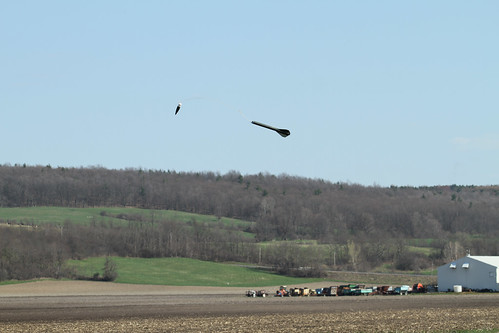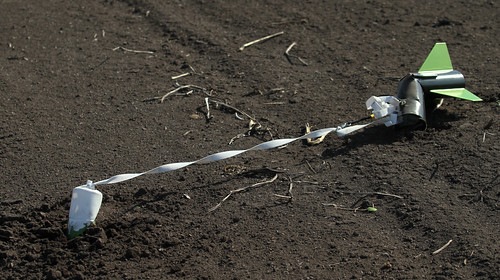So I am reading my new copy of Modern Highpower Rocketry and duel deployment and I also was reading the post on ballistic approach recovery in the support and recovery forum and since I do not have any experience with High power or high altitude I have to ask this question, Is it not possible or correct, legal or ethical to launch a rocket to lets say 5000' let it fall to 100' or 800' and then just have one chute open and recover? Now I understand that the rocket will be traveling at high speed, I guess 125mph or so. Anyhow just looking for an education on this. Some answers. Can you not build a rocket or recovery system strong enough? or is it just to unsafe? Thanks.
John
John






